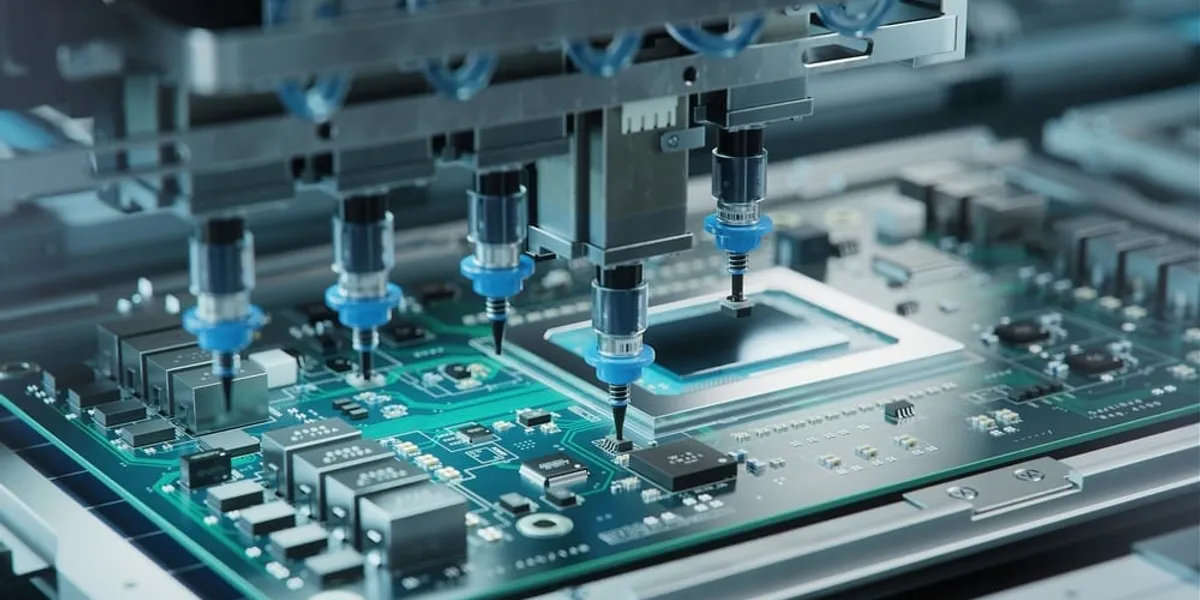Difficulties in high frequency board processing
1. Copper deposition: It is not easy to copperize the hole wall
2. Control of line gaps and sand holes in pattern transfer, etching, line width
3. Green oil process: control of green oil adhesion and green oil bubbling
4. Strict control of board scratches in each process, etc.
The basic premise of search engine reputation management is to use the following three strategies to accomplish the goal of creating a completely positive first page of search engine results for a specific term…
The basic premise of search engine reputation management is to use the following three strategies to accomplish the goal of creating a completely positive first page of search engine results for a specific term…
As complexity and density increase, the long-term reliability of RF/microwave circuit components becomes more challenging to characterize. Printed Circuit Boards (PCBs) comprise numerous active and passive components, whose performance can vary over time and with operating environment temperatures. Additionally, PCB substrate materials, such as dielectrics, copper foil conductors, solder mask inks, and final finishes, may change over time, influenced by environmental conditions. Higher frequencies may experience changes in electrical performance over time, such as power and efficiency losses. These effects can occur in both short-term and long-term scenarios, often driven by thermal effects, particularly when operating in high-temperature environments.












